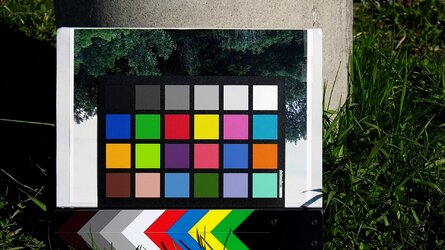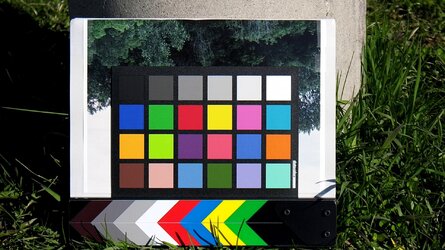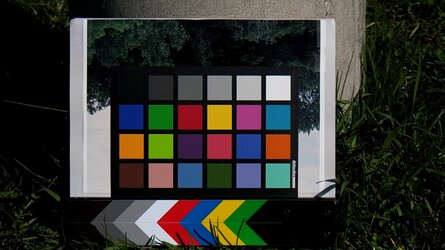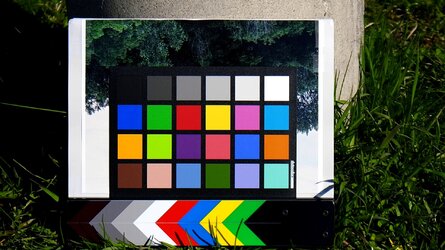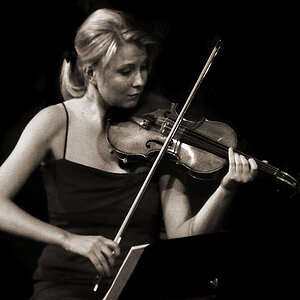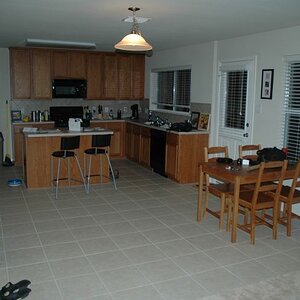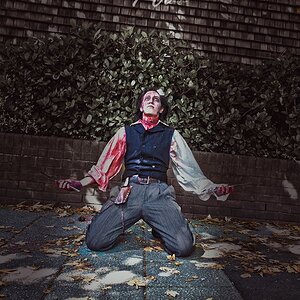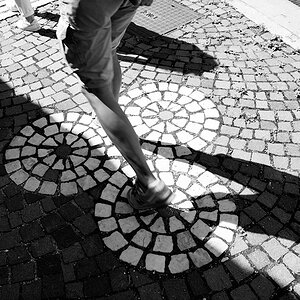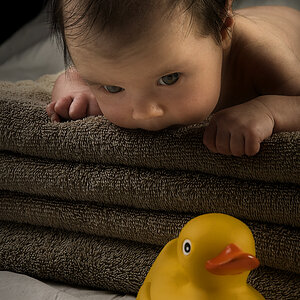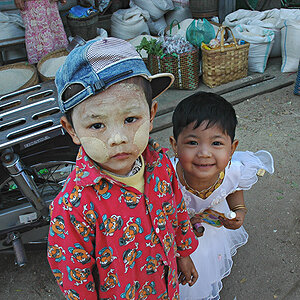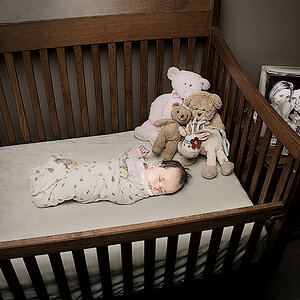kazanunda
TPF Noob!
- Joined
- Dec 5, 2019
- Messages
- 5
- Reaction score
- 0
- Can others edit my Photos
- Photos NOT OK to edit
I've been using Yi M1 for about a year now and I can agree that it is a really nice camera for manual lenses.
Though it does have it's quirks. For example sometimes if I shoot it in portrait orientation, the bottom side of the image will get darkened as if a gradient was pasted over it (bottom side of the sensor when the camera is in landscape orientation). The weirdest part is that it's inconsistent, it doesnt happen all the time. I have yet to test it with different lenses and the same lenses on the spare Yi, just curious if you have had the same issue?
Though it does have it's quirks. For example sometimes if I shoot it in portrait orientation, the bottom side of the image will get darkened as if a gradient was pasted over it (bottom side of the sensor when the camera is in landscape orientation). The weirdest part is that it's inconsistent, it doesnt happen all the time. I have yet to test it with different lenses and the same lenses on the spare Yi, just curious if you have had the same issue?



